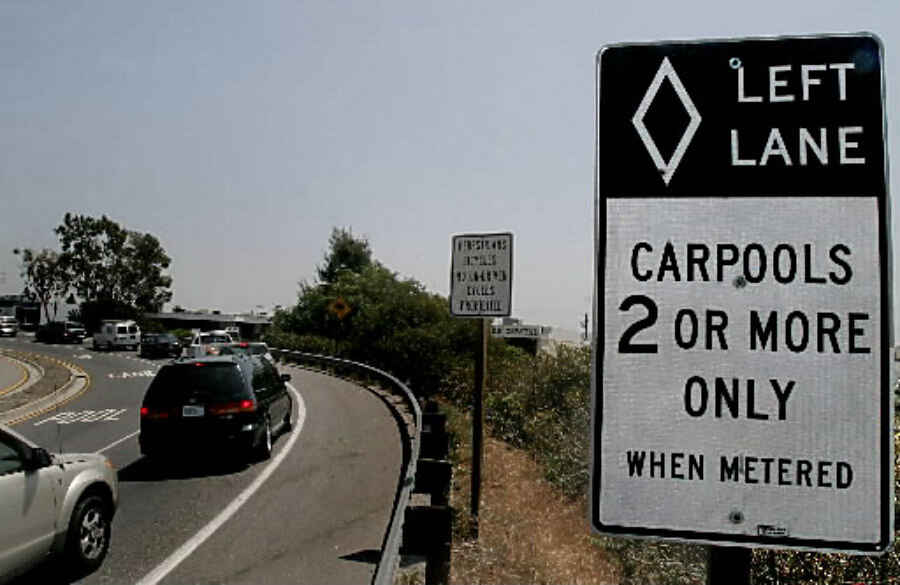Waze launches carpool experiment in San Francisco Bay Area
Loading...
Google's Waze, a mapping app that helps drivers cut traffic and notifies them of police monitoring and accidents, is testing out Waze Carpool in California.
The new carpool app uses the regular Waze app and the new Waze Rider app, which allows employees of certain San Francisco Bay Area companies to make profiles and start testing out the new carpooling service.
So far, these companies include Google, as well as Walmart Global eCommerce, Adobe, and the University of California at San Francisco, which have offices near Google's headquarters, providing service to at least 25,000 employees who can test out the app before it becomes available in other regions.
"One driver, one rider, one car less on the road," Waze Carpool advertises on its website. "Waze Carpool is an easy way for everyone to: Help each other out, spend less money on commute costs, make the most of a drive that's happening anyway, support a greener commute with less cars on the roads."
Company employees can use the Waze Rider app to find a Waze driver who is already going in the same direction, while drivers (regular people already using the Waze app) can offer rides through the original Waze app. The app automatically coordinates the payment and communication between riders and drivers. Since drivers don't need to be employees of aforementioned companies – that only applies to riders – a total of 700,000 Bay Area drivers could conceivably carpool, picking up these select employees using the Waze Carpool app.
"This is kind of an extension of what we do at Waze, to build this trusted community," said Josh Fried, who heads partner development for Waze Carpool.
While resistance to carpooling is often the result of a lack of convenience or unknowns about the driver or passenger, there's reason to believe that some of that resistance has melted as a result of the acceptance and familiarity ride-sharing companies, such as Lyft and Uber.
Unlike Lyft or Uber, Waze Carpool claims not to be a way to earn an extra income. The drivers get paid enough to compensate for gas. The 2016 IRS standard mileage rate for business travel is 54 cents per mile, and Waze does not keep any part of the driver's payment for itself. During a similar pilot program in Israel, however, Waze charged a 15 percent commission.
Israeli software designer Ehud Shabtai initially created Waze in 2012 when he became tired of traffic jams and road hazards that traditional GPS systems did not always take into account. By crowdsourcing information about road conditions in real time, Waze directs drivers along the fastest (and sometimes most obscure) routes to arrive at their destination. The app can tell when a driver is at a stoplight versus when they are stuck in traffic.
Waze became widely popular in Israel, with around 90 percent of Israeli drivers using the app, according to a company representative. In 2013, Google bought Waze for $1 billion. " 'Waze it' has replaced Google it' as a shorthand for getting driving instructions," the representative said.
Initially the Waze Carpool pilot was limited to three cities in Israel: Tel Aviv, Herzliya, and Ra'anana. The intention was to help techies living in Tel Aviv commute to their areas of work in Ra'anana and Herzliya.
While Waze Carpool may seem to compete with carpooling services such as UberPool or Lyft Line, the new app only operates during certain hours of the day (rush hour), allows people only up to two rides a day, and allows for only one rider (the other two carpooling services allow for two riders).
"Waze Carpool makes it easy to help a neighbor or colleague in your area," the website reads. "Detours are minimal so your drive to work is almost the same, you get to ride in the carpool lane, and the rider you pick up helps cover your commute costs – so why not? It's also a greener and more social way to get to work and can really make a positive impact on your community."





